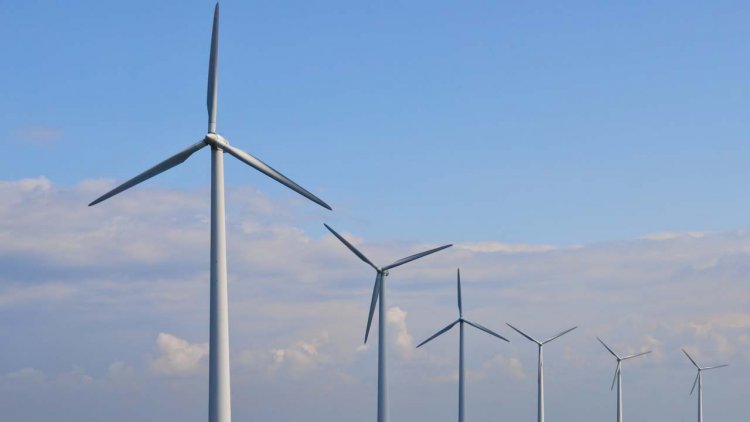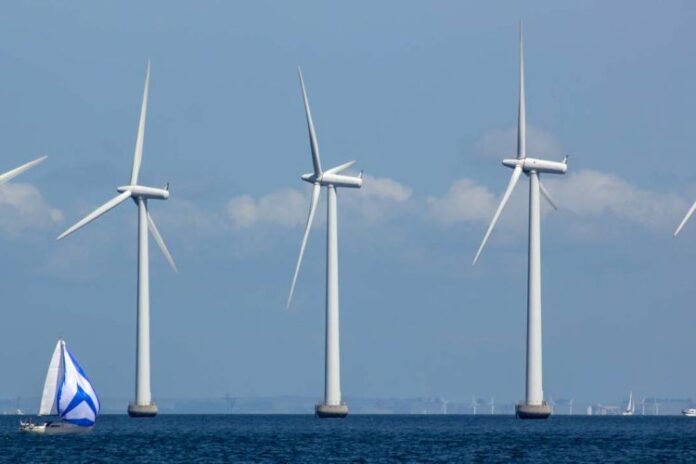The Danish wind adventure has been on a path towards net zero subsidies for some years. The agreement on the subsidy scheme for Hesselø Offshore Wind Farm is a step closer to that political objective.
The Danish government together with the parties to the Climate Agreement have entered into an agreement on a subsidy scheme for Hesselø OWF that ensures a sound framework for reaching the political objectives of net zero subsidies while at the same time continuously supporting the future OWF owner.
On 26 March 2021, the Danish Government and the parties to the Climate Agreement for Energy and Industry of June 2020 (the Climate Agreement), have entered into an agreement about the subsidy scheme for Hesselø Offshore Windfarm (OWF), which is to be located north of Zealand. To a large extent, the subsidy scheme for Hesselø OWF is similar to the subsidy scheme decided for Thor OWF (in Danish only) which was based on the recommendations from The Danish Council on Climate Change.
This means that for Hesselø OWF there will be offered a 20-year period of risk sharing between the Danish State and the concession owner in accordance with the so-called two-way Contract-for-Difference (CfD) model. The CfD-model gives the concession owner certainty for the investment in the long run, but places more short-term risk by exposing the concession owner to market signals. The price premium will be calculated as the difference between the offered bid price and a reference price, which consists of the average electricity prices in the previous calendar year. The concession owner receives a premium in years in which the offered bid price is higher than the reference price, but correspondingly pays the Danish State in years in which the reference price is higher than the offered bid price.

The path towards net zero subsidies continues with the subsidy scheme for Hesselø OWF. The subsidy scheme provides automatic acceptance of the offered bid price given that the prequalified tenderers do not cross the threshold for net zero subsidies when submitting final tenders by the end of 2022. If the bid with the lowest offered price in “øre” per kWh amounts to the total subsidy costs over the 20-year period, which are equal to or below the budget evaluation threshold of net zero, award is guaranteed without any further approvals. If this is not the case, the parties to the Climate Agreement must decide whether to accept the bid and locate the required subsidy funds or whether to reject the bid.
When evaluating whether the bid will lead to subsidies that are within the net zero subsidy threshold, the Danish Energy Agency uses its electricity price forecast. However, when the concession is awarded, the actual amount of subsidies to be paid by the Danish State to the concession owneris DKK 5 bn. (2018 prices). In that case, if electricity prices develop significantly lower than expected, the concessionaire still has an insurance for their income from the Danish State. This cap on the subsidy payment made by the Danish state is counteracted by a cap of DKK 2.8 bn. (2018 prices) on the payment made by the concession owner to the Danish State in the two-way CfD. Both caps are net caps over the 20-year subsidy period.
Thus, the Danish state and the concession owner will share the long-term risk of market prices deviating from the forecasts.
Another feature in the subsidy scheme makes the cost related to renewable energy more transparent since the indirect support, granted as a separate premium as compensation for the feed-in tariff, will not be granted for Hesselø OWF. The feed-in tariff is a tariff payed by the consession owner for the electricity delivered to the transmission grid. Previously tendered offshore windfarms are compensated for this expense through a premium separated from the subsidy scheme. However, for Hesselø OWF, the concession owner will have to take account of the expenses for feed-in tariffs in the bid.



